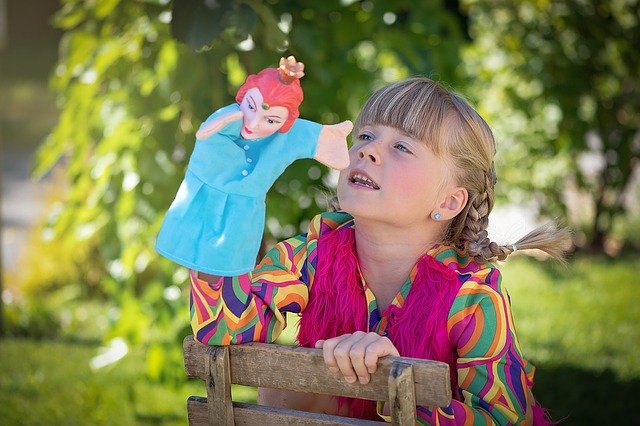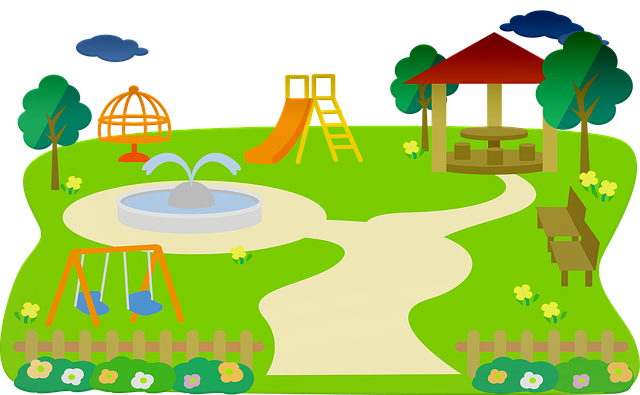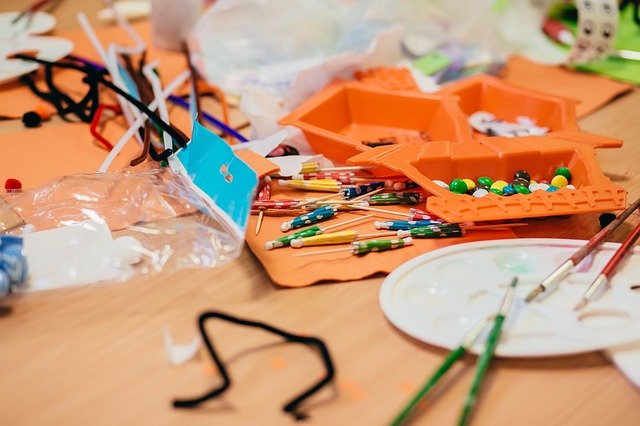
Getting Siblings Involved in Speech Practice
Why involve siblings in your child’s speech and language practice? For a child to master new speech and language skills, they should practice several times a week, outside of their speech therapy sessions. This can be a challenging task for parents who are juggling busy schedules. With fun, age-appropriate games and activities, your child’s siblings can learn to become helpers to make speech-language practice more enjoyable and enhance carryover of skills. By setting clear expectations and limits, the older sibling can also benefit from this experience. If everyone has an opportunity to feel special and appreciated, it will create a positive experience for all and ultimately strengthen the sibling relationship. To keep the experience fun for both children: 1- Let









